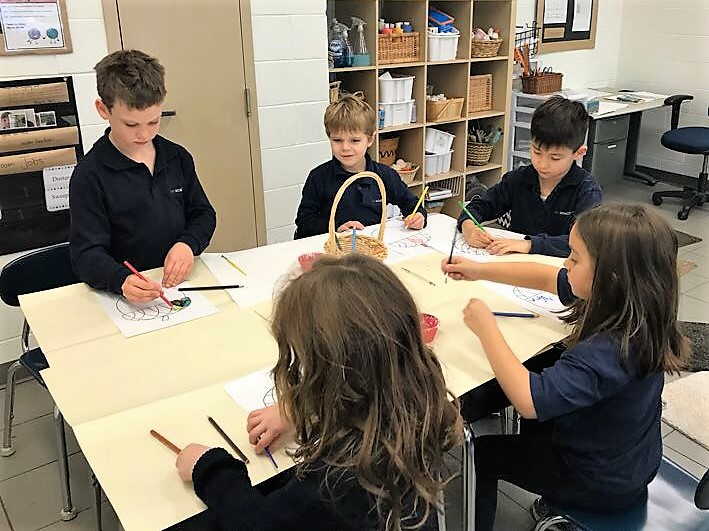A 21st-century twist on an old idea; rather than a Spring Concert which showcases student work, an Art Crawl that uses multimedia, highlights coding and demonstrates creativity in many ways. The idea of ‘doing things differently’ has always had an appeal, so thinking outside of the box appeals both to how our children learn and how to innovate in education. There isn’t one way to do things any more.
The ability for education systems to teach children to look at the world differently is one that Daniel Pink discusses in his book ‘A Whole New Mind, Why Right-Brainers Will Rule the Future’, and highlights reasons why we need to be flexible in our thinking and try new things. In the 21st Century, design is central to communicating ideas and opinions.
Our Art Teacher and coordinator of our First Art Crawl discusses her ‘aha’ moment in teaching art to children, “I was learning about the barriers to art education that exist for children. I started to realize that (my mentors) were navigating these barriers in a way that made students feel comfortable to explore their artistic vision without worrying about fitting into preconceived notions. Art here was more than drawing and painting. Art was this ever-evolving innovation of creativity and expression. I think this was the moment I actually fell in love with the artistic process. This was when I started to realize the incredible value of art in my own education and that of my students. Not to mention the value art has in communicating in a 21st Century World.”
Arts education is imperative in what Pink describes as the coming ‘conceptual age’, schools that are ready to embrace this need to focus on delivering the 21st century learning skills: communication, collaboration, critical thinking, and creativity.

